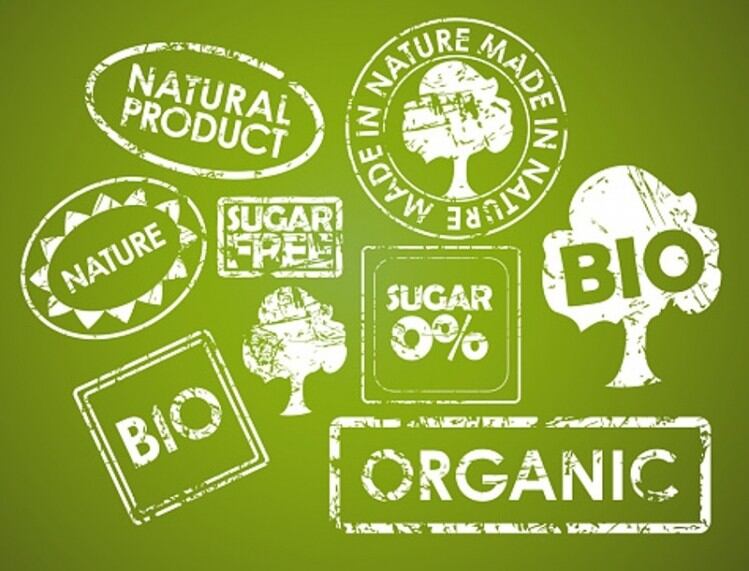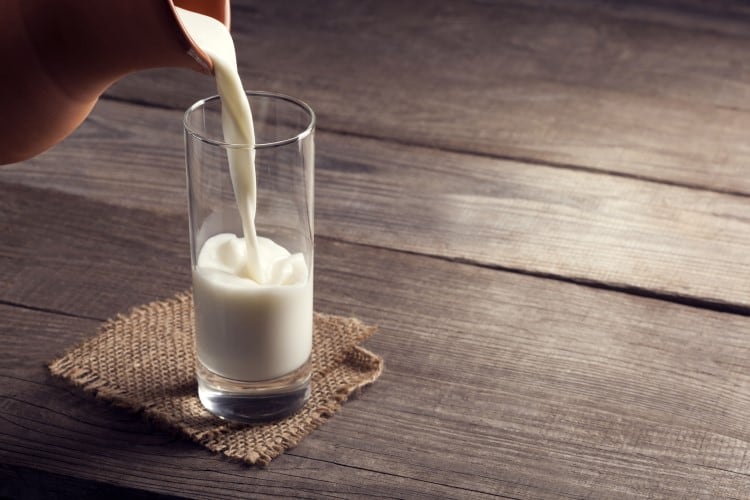In particular, there needs to be more focus on improving overall on-pack product messaging.
On-pack messaging in this case refers to on-pack claims and information that is displayed prominently on the packaging of a food or beverage item.
“On-pack messaging has emerged to become very important to ensure consumer confidence in a brand or product as they find this crucial to unpuzzling health-related concerns, and this has become particularly prominent here in Asia,” Innova Success Manager APAC Felicia Kristianti told the floor at a trends-focused seminar as part of the Thaifex-Anuga Asia 2023 show in Bangkok, Thailand.
“Our research has found on-pack claims to be the third most important component to consumers in Asia who are trying to determining how healthy a product is – behind two other packaging-related components which are ingredient lists and nutritional labels.
“Perhaps even more importantly, in Asia 62% of consumers also responded that they do trust health claims made on a product, which makes it even more crucial for brands to seize this opportunity to directly connect with them and make a good impression.”
This is a trend that is seeing a degree of formalised standardisation by governments in the region via ‘Healthier Choice’ initiatives, usually logos or symbols that are included on packaged foods and beverages for consumers’ easy identification.
These tend to follow similar criteria across different markets, e.g. in Singapore non-alcoholic beverages carrying the government’s Healthier Choice Symbol need to have contain more than 5g/100ml sugar; and this is the same in Malaysia for products to carry the government’s Healthier Choice Symbol.
“This trend is a reflection of how consumers in the region are becoming increasingly health-conscious – but there is also a level of anxiety due to rising inflation globally, which has generally been causing food and beverage prices to rise as well,” she added.
“Our data shows that 50% of consumers in Asia are noticing price rises when doing their shopping and 55% feel that they are spending more on food and beverage post-pandemic, along with a good 70% who have stated that they are actively trying to save money on these purchases.
“So on the one hand we have more health-conscious consumers, the other consumers that are truly concerned about spending on F&B who have already said this is a major factor in making purchasing decisions – so the best way forward for brands to respond would be to combine both of these concerns in their growth strategies and focus on affordable nutrition.
“This requires falling back to innovation in order to maximise efficiencies and yields, as there is no point launching new products if the price point is such that no one will buy them, so we are indeed seeing many brands in Asia launching budget product.
“There has been a 72% year-on-year growth in food and beverage products making a ‘budget’ or ‘affordable’ claim in Asia – one such example is Singaporean supermarket chain FairPrice’s SmartChoice brand which offers items like eggs and rice at comparably lower prices than other standard brands.”
Being bold with revamps
Amidst this backdrop, Kristianti stressed that appealing to consumer emotions will also be very crucial to remain relevant amidst challenging times – and there can be no better way to do this than with brands or cultures that are close to them.
“Companies need to be bold when they have traditional, powerful brands in-hand in order to revamp these old favourites,” she said.
“We asked consumers what they felt about having very traditional, familiar brands make a change and launch products that are trendy and innovative and the responses were largely excitement (41%) and curiosity (39%), so mostly positive.
“As a matter of fact this sort of hybrid innovation is really broadening the dimensions of indulgence, and some 72% of consumers have already expressed enthusiasm to try such items.”
Some examples of hybrid innovation where traditional brands have launched trendy products include Binggrae’s Jjajangmyeon Crab Chips (a hybrid of traditional black bean noodles and trendy crab snacks) in South Korea, and Nescafe’s Gold Cappucino ice cream (a hybrid of traditional Nescafe Gold coffee powder in a trendy soft-coated ice cream format) in Singapore.





